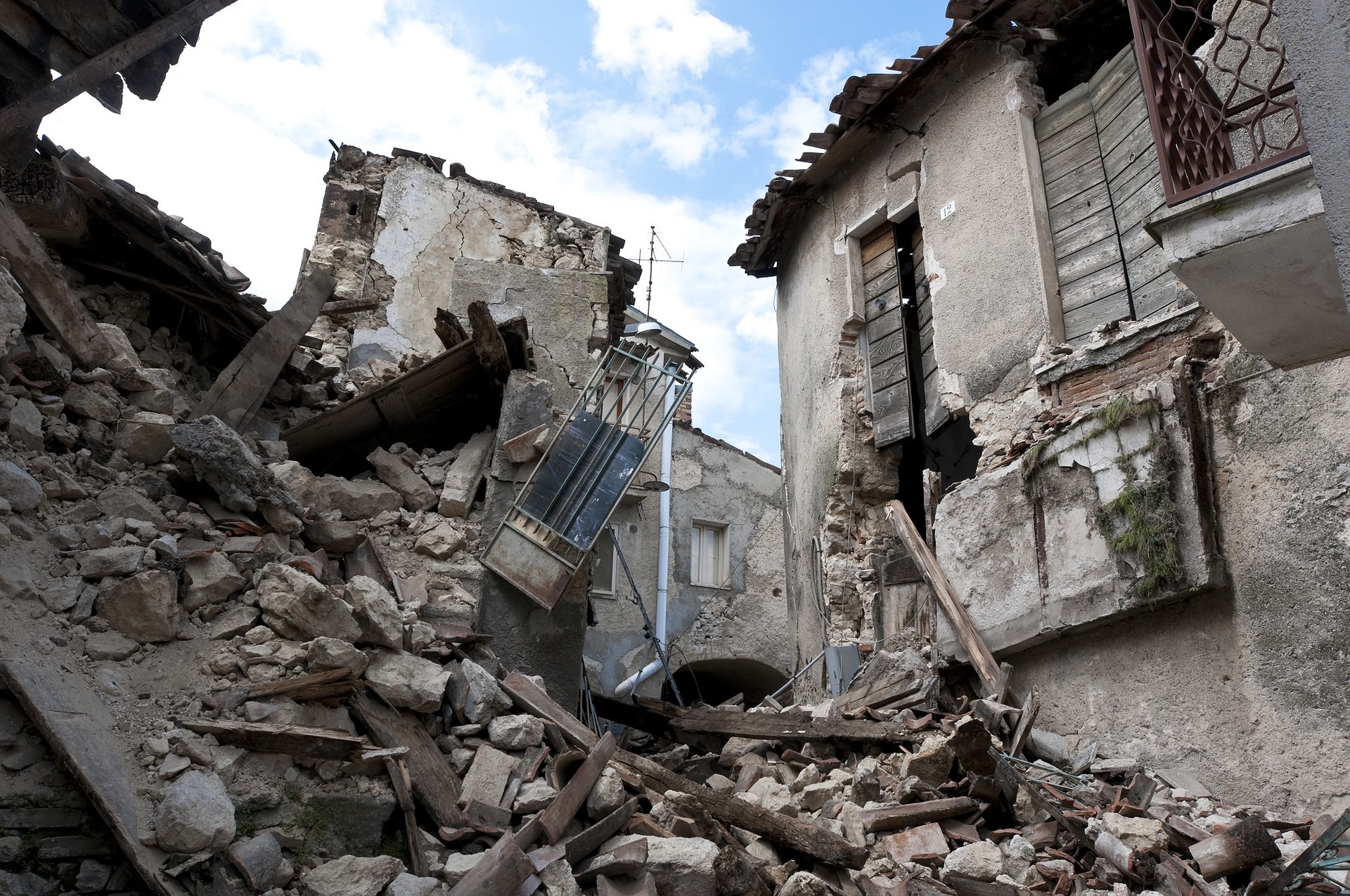Introduction
These happen convergent margins where the sudden movements of interlocking place through the stick and slip motion. When there is a movement of the plates it releases waves. These are primary waves, secondary waves and surface waves.
- Primary waves are the initial waves that is immediately released from the earthquake. These are compressional waves which causes the ground to displace parallel to the direction of propagation. These waves can only travel through liquid, so passes through the magma, but then diverges at the outer core. It’s these waves which are felt by seismometers.
- Secondary waves are transverse waves which causes the ground to displace perpendicular to the direction of propagation. These waves can pass through both solid and liquid, so if a large enough eruption means the secondary waves can be felt on the other side of the world.
- Surface waves or transverse waves felt at the surface layer of the crossed. These are the most destructive because it’s closest to the surface.
Seismicity- this is measured by the Richter scale which is a logarithmic scale which categorise is based on their most amount of energy released at one point. The more recent of which is the moment magnitude scale, which is also log arhythmic but looks at the total amount of energy released. The Mercalli scale is used to assess the damage caused by an earthquake and is subjective. What category it goes into depends on the earthquake damage add ranks it from a scale of 1 to 12.
